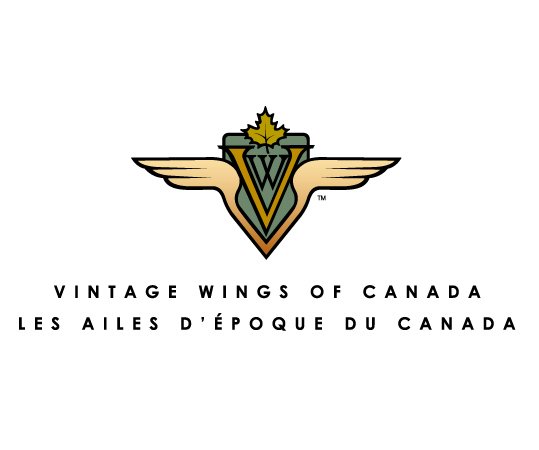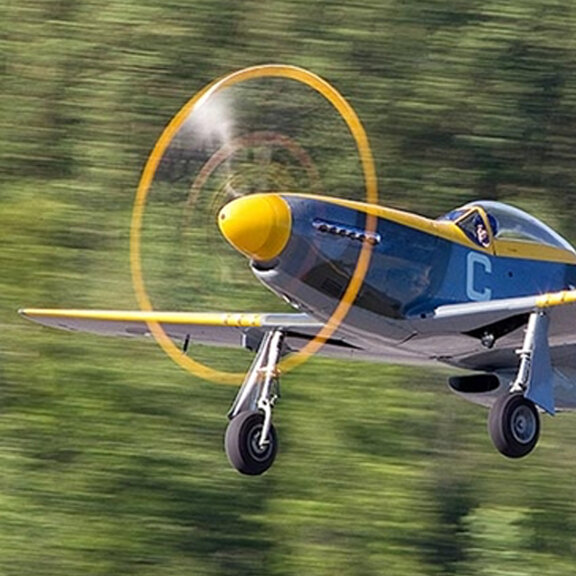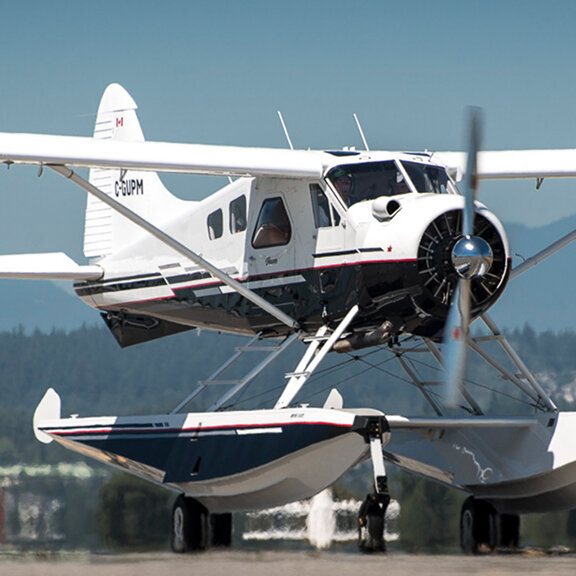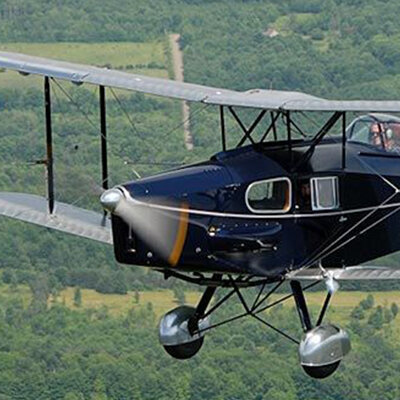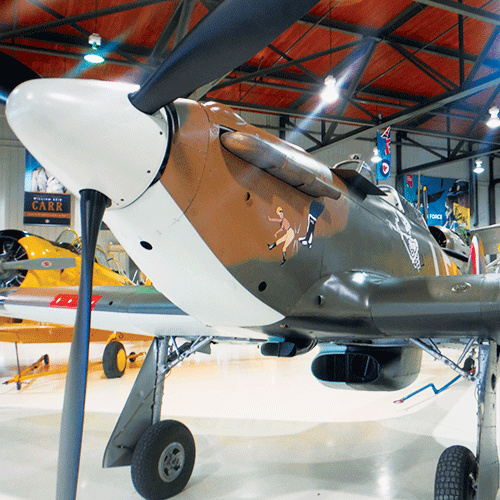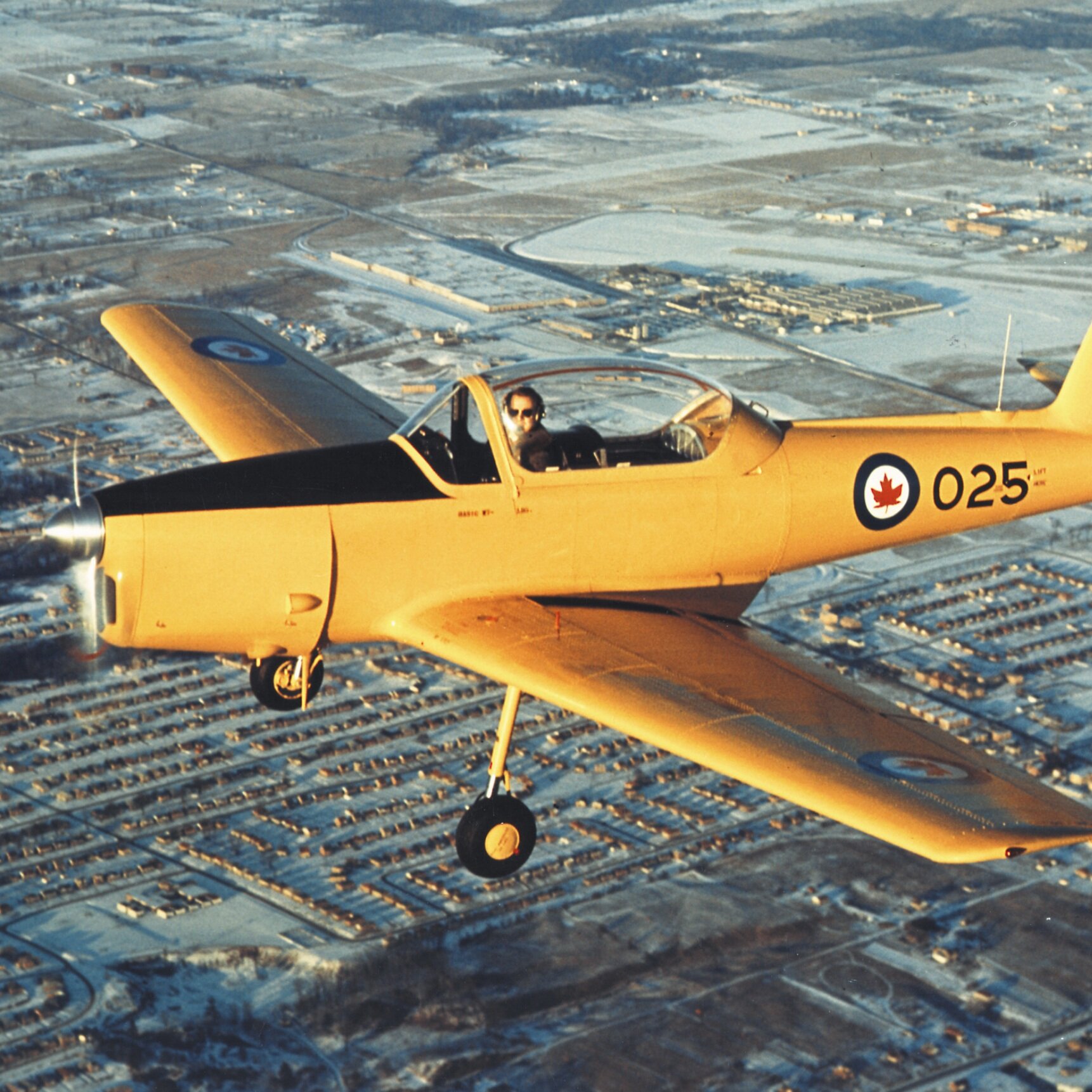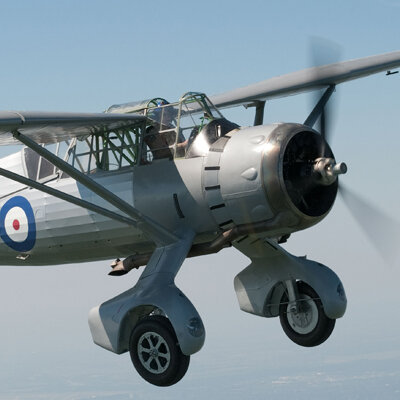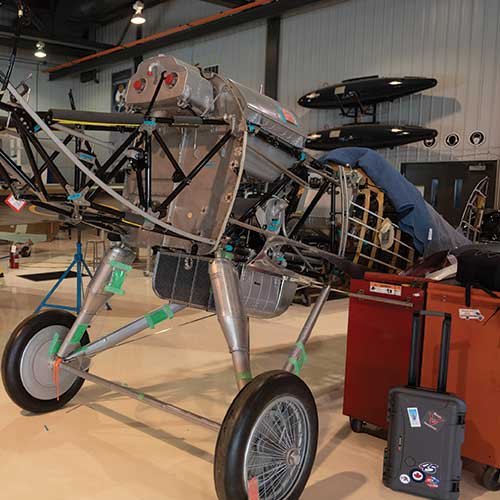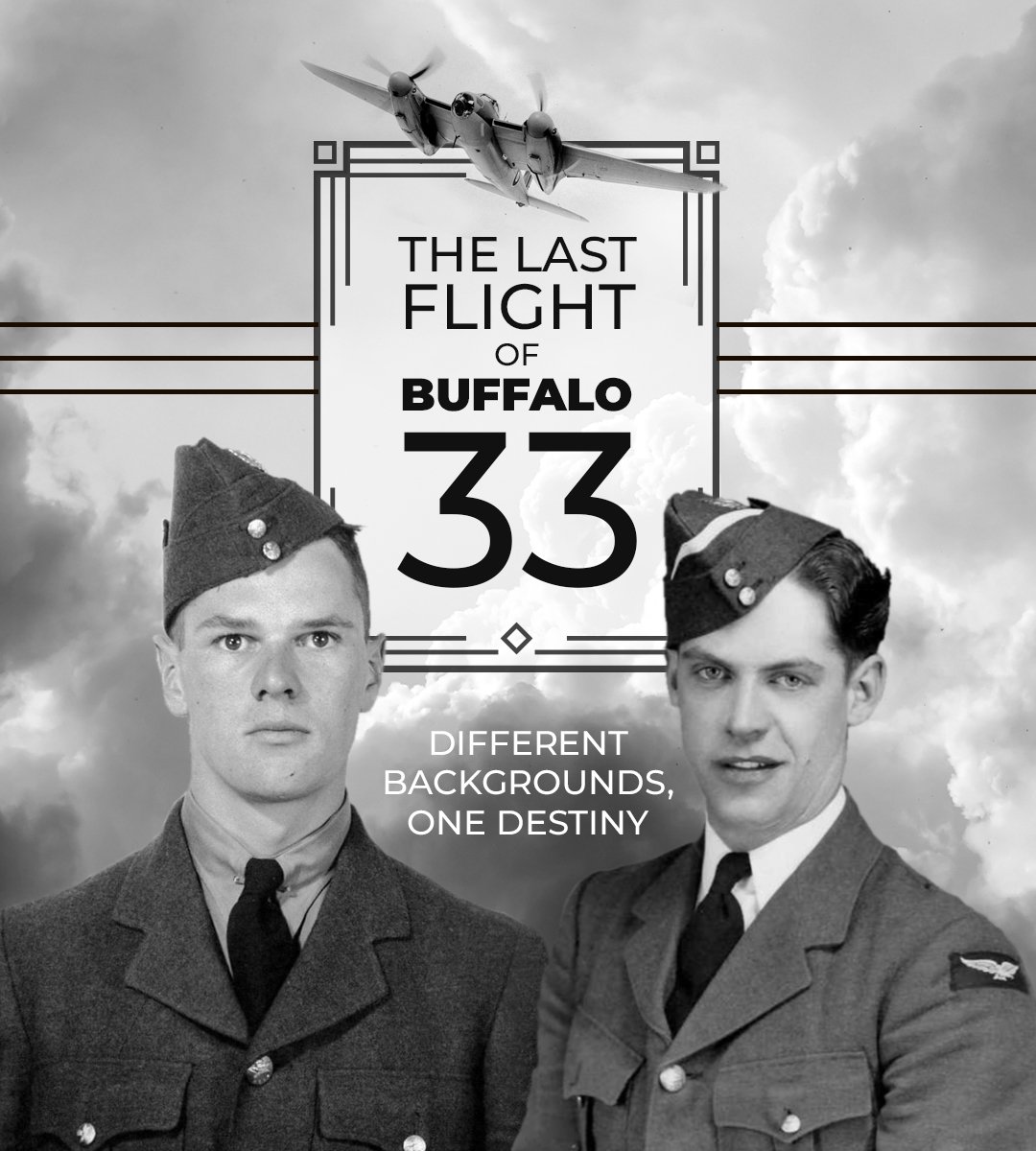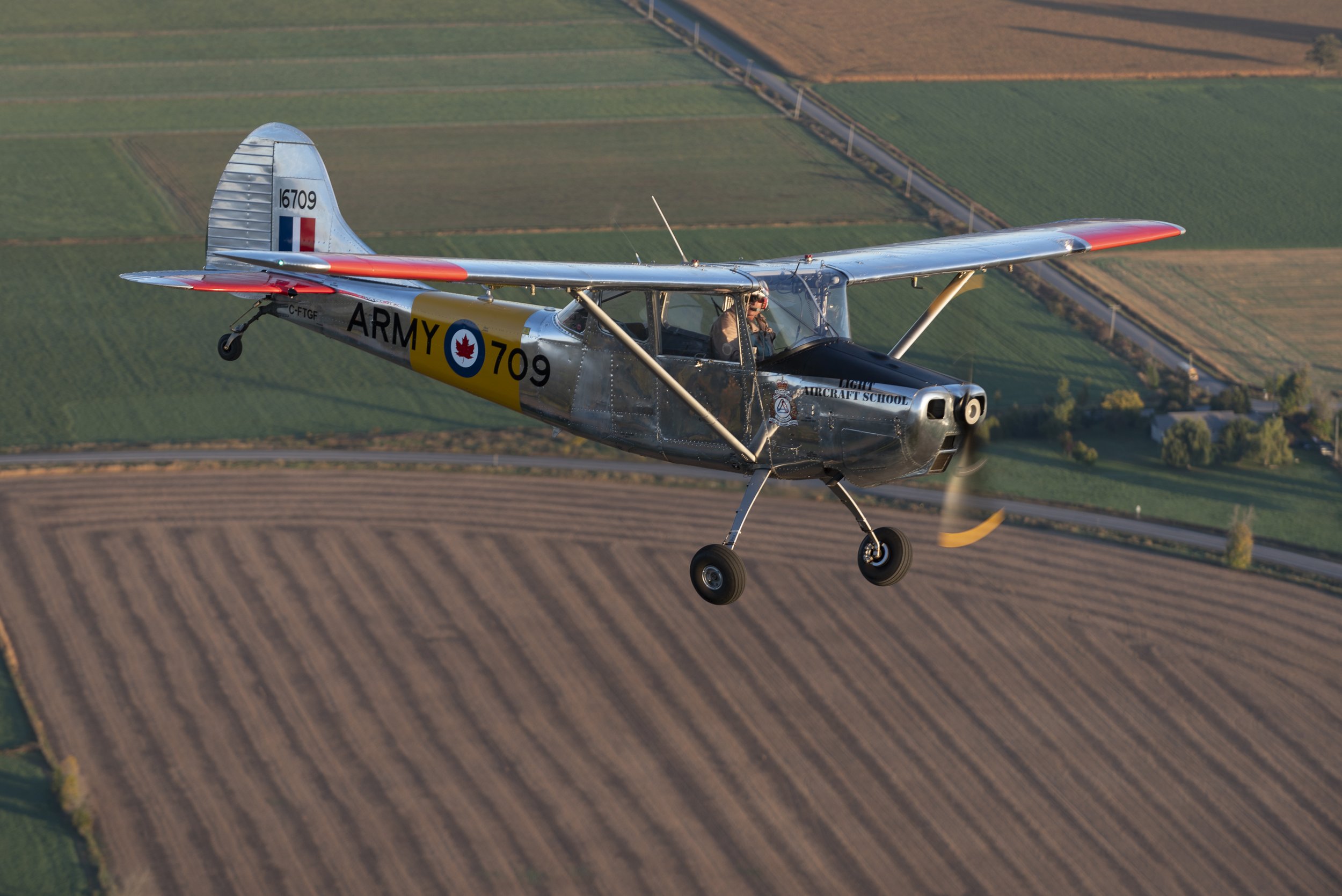
Summer’s coming.
And we’ve got some fun events to celebrate.
Vintage Wings of Canada is a not-for-profit, charitable organization with a collection of historically significant aircraft and is run entirely by volunteers. It is our mission to acquire, restore, maintain and fly classic aircraft significant to the early history of powered flight in Canada, focussing largely on the aircraft of the Second World War. We run education and flying programs with our own aircraft and in concert with the aircraft collection of our founder, Michael Potter. It is our goal to inspire and educate future generations about the historical significance of our aviation heritage and to demonstrate that these aircraft are more than just metal, fabric, and wood artifacts. We seek to keep the souls of these aircraft alive through the thundering sound of engines, the smell of leather, glycol, oil and sweat, as well as the laughter of their pilots as they dance with them in their natural element in the skies over Canada.
What’s new at VWC
THE AIRCRAFT
Vintage Wings of Canada and the Michael U. Potter Collection
Michael Potter, Founder of Vintage Wings of Canada Foundation has been collecting and flying vintage aircraft since the mid-1990s. A lifelong pilot, Potter began flying high performance gliders in the 1970s and graduated to power soon thereafter. The aircraft of his collection are maintained in flying condition and flown annually throughout the summer to support air show events, commemorative military flypast and other special events. Several aircraft of the collection are owned directly by the charitable foundation as well as by other individual operators.
Potter has put together a collection of the finest examples of Canada’s, and indeed the world’s, most historically significant aircraft. The collection is housed in a 24,000 sq. ft. state-of-the-art hangar at the Gatineau-Ottawa Executive Airport near Ottawa, Canada. The facilities include workshops, paint booth and facilities operated by Vintech Aero Inc, an Approved Maintenance Organization can strip a wreck or barely flyable aircraft down to nothing but unconnected parts and bring it back, not just to flyable condition, but to a world-class level not surpassed by anyone.
North American P-51 Mustang
Fairchild Cornell
North American Harvard 4
Fleet Finch
de Havilland Canada Beaver
de Havilland DH-83 Fox Moth
Supermarine Spitfire Mk.IX
Hawker Hurricane Mk XII
DHC-1 Chipmunk 18028
Goodyear FG-1D Corsair
DHC-1 Chipmunk 18025
Fleet Canuck
Westland Lysander III
Hawker Fury II
Cessna L-19A Bird Dog

